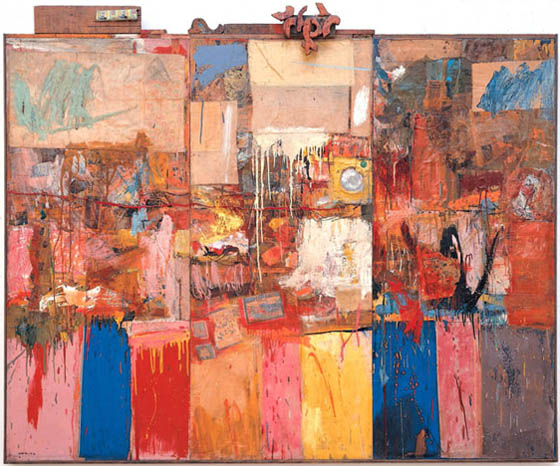| An extended encounter with a 1950s-era Robert Rauschenberg combine set Andrew Scott Cooper on a mission to discover the truth of a sensational murder case supposedly committed by a sociopathic gang of Jewish teens who delighted in crime and violence and were suspected of being gay. While examining Rauschenberg’s work in search of coded messages aimed at the closeted gay community, Cooper was asked to study the layered newspaper articles and photographs in Collection (1954–55). He began to suspect the work had a theme: the widespread arrest of homosexuals in major American cites, or “pink panic.” A scrap of newspaper dated August 22, 1954 stuck out, a day when the so-called Kill-for-Thrills gang made the front page. The widely reported facts of the case claimed that the four boys savagely attacked and beat a black factory worker, then left him to drown. Though additional charges were not made against them, they were also accused of a second murder, as well as a slew of other violent crimes. As Cooper wrote in the Observer, he suspected there was more to it than that. The boys never testified in the trial, which was surrounded by hysteria. - http://news.artnet.com read more |
Robert Rauschenberg Painting Helps Solve 1950s Murder - Sarah Cascone, Saturday, August 30, 20149/2/2014
0 Comments
Leave a Reply. |
